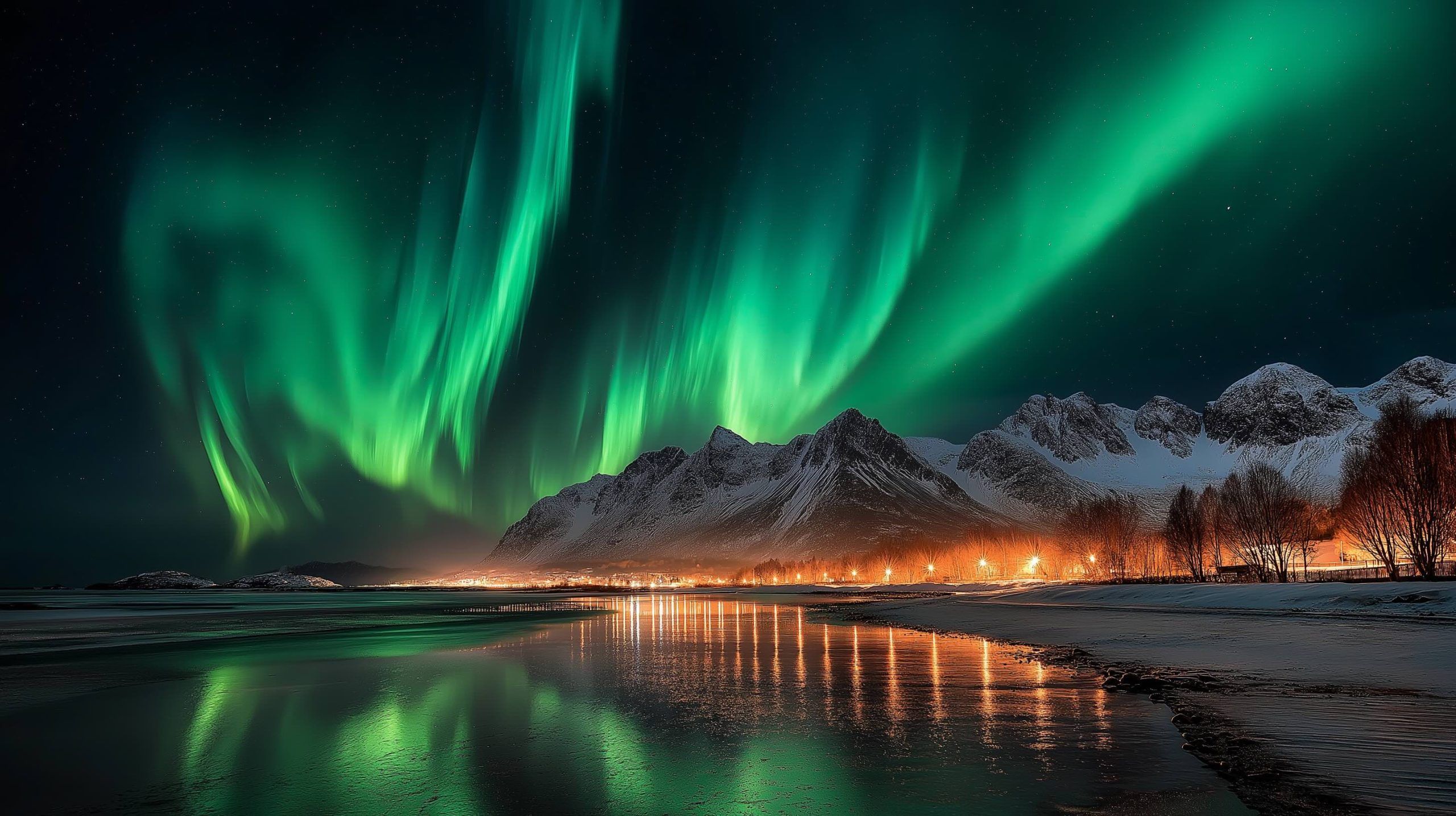
Strong G3 Geomagnetic Storm Forecast for December 9, 2025: Northern Lights Chances and Possible Impacts Explained
Published: December 7, 2025 A powerful blast from the Sun is racing toward Earth, and forecasters say it could trigger a strong G3 geomagnetic storm on Tuesday, December 9, 2025, bringing enhanced chances of seeing the Northern Lights and posing manageable but real risks to




